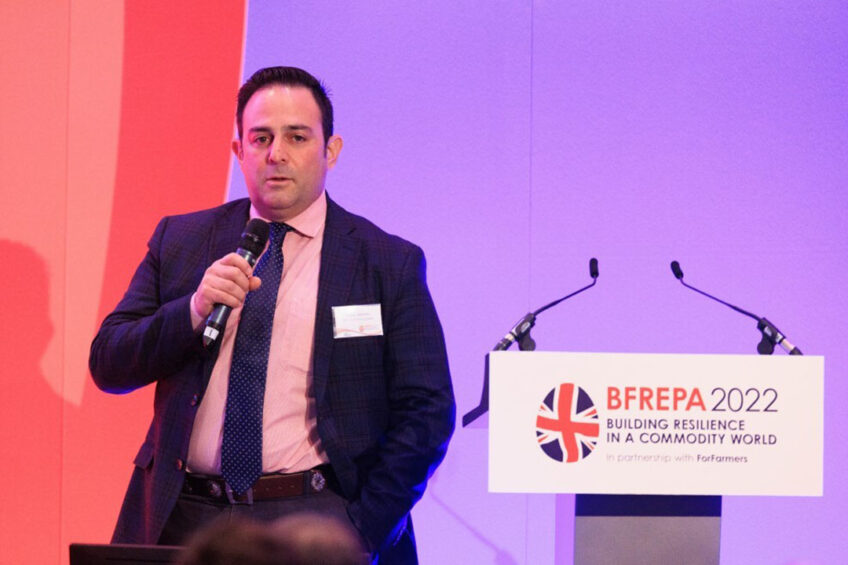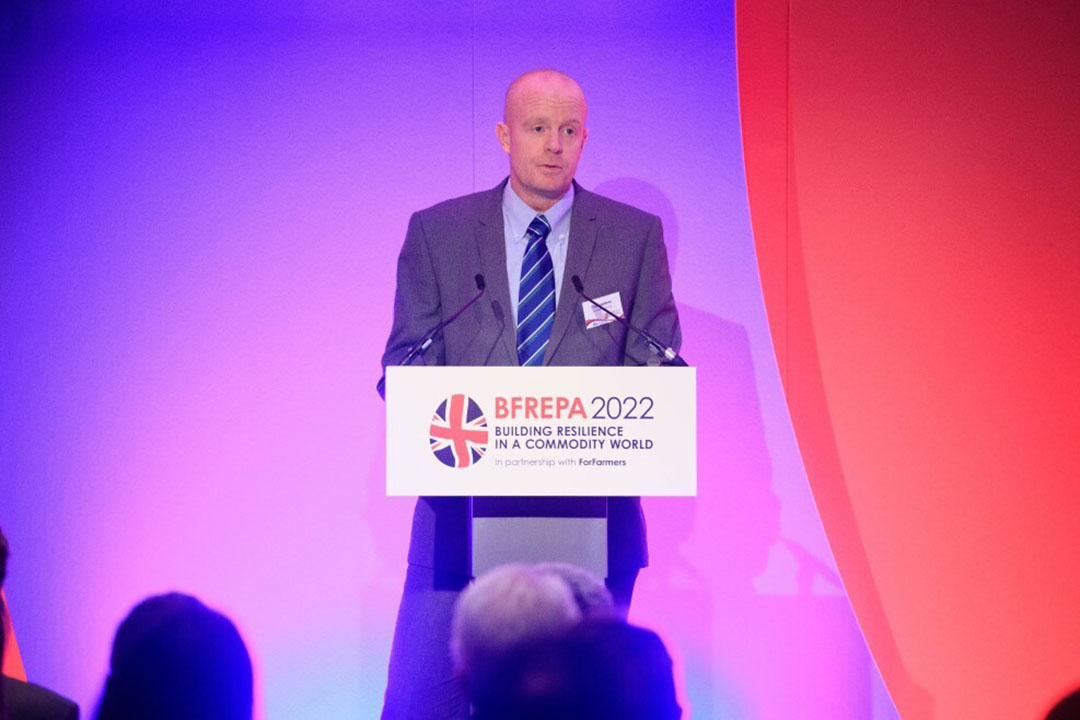Resilience key theme at British free-range egg producers meeting

Free-range egg producers face increasing pressure from retailers, investors and regulators to cut their greenhouse gas footprint even though it is the lowest in the farm sector. Poultry World listened in at the annual meeting of the British Free Range Egg Producers Association (Bfrepa).
Speaking at the Bfrepa annual meeting in Birmingham, food sustainability expert, Carlos Saviani, said that while the egg sector, which represents just 0.6% of total GHG emissions, was not far from carbon net zero, changes were being demanded due to food representing between 10-30% of household carbon footprints across the globe.
Saviani told delegates that egg companies could do more to promote their sustainability work. He spoke of US egg giant Cal-Maine Foods which had been marked down by investors for failing to be transparent and report its sustainability work. Banks, such as Rabobank, were increasingly likely to provide green or low-interest rate loans to companies that showed they are cutting their carbon footprint.
In the UK, the Defra Agri-Climate report published last year showed there was a still a rump of around one-seventh of farmers that thought their farm didn’t produce any greenhouse gas emissions. However, 67% thought it important to consider GHGs when making farm business decisions. The main motivations for taking action (in descending order) were:
- Consider it good practice
- Concern for the environment
- Improve profitability
- Regulation
- To meet market demands
Feed source
A recent carbon footprint study carried out for Bfrepa by consultants Promar looking at 2 free-range egg farms found that purchased feed represented 87.1% and 88.9% of emission sources, while a wider survey published earlier this year by the Centre for Innovation Excellence in Livestock (CIEL) also found feed to be at least four-fifths of total emissions.

David Hildreth, UK poultry director at ForFarmers, said the company was always looking to improve its sustainability: “We have taken another important step on our sustainability journey. We had already committed to use 100% responsibly-sourced soya in all markets by 2025 but we’ve taken a step further to help reduce the carbon footprint associated with using soya sources from South America.”
“This follows extensive work with partners in the Netherlands to develop an innovative approach by purchasing Area Mass Balance soya certificates from Brazilian farmers who could prove, via satellite imagery, that the land they farmed for soya had not been cleared for at least 20 years,” he told delegates.
ForFarmers wants 50% of energy used to come from renewable sources by 2025 and is already making progress in the Netherlands through the use of thousands of solar panels and the biomass plant at its Lochem production site. Its factory in Deventer will run partly on biogas from its own dairy farmers to reduce natural gas consumption.
Join 31,000+ subscribers
Subscribe to our newsletter to stay updated about all the need-to-know content in the poultry sector, three times a week. Beheer
Beheer











 WP Admin
WP Admin  Bewerk bericht
Bewerk bericht